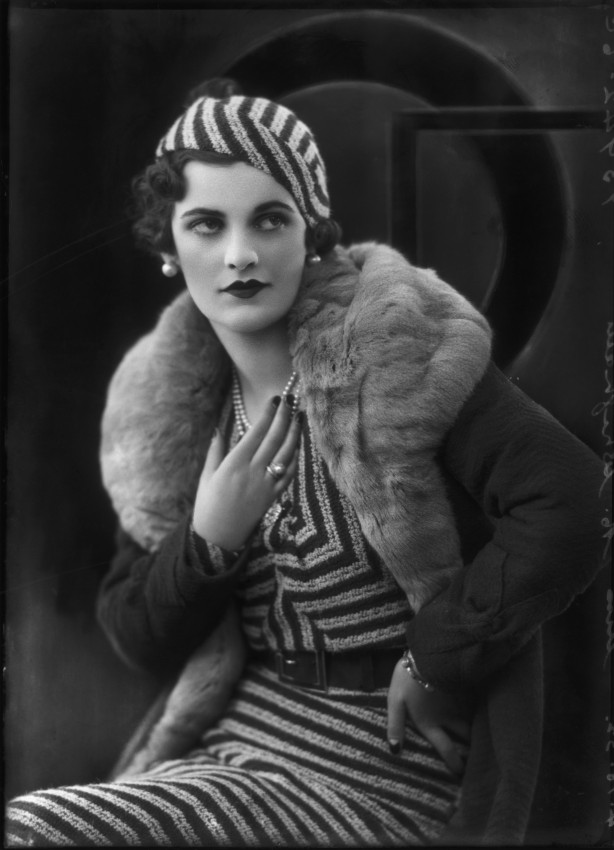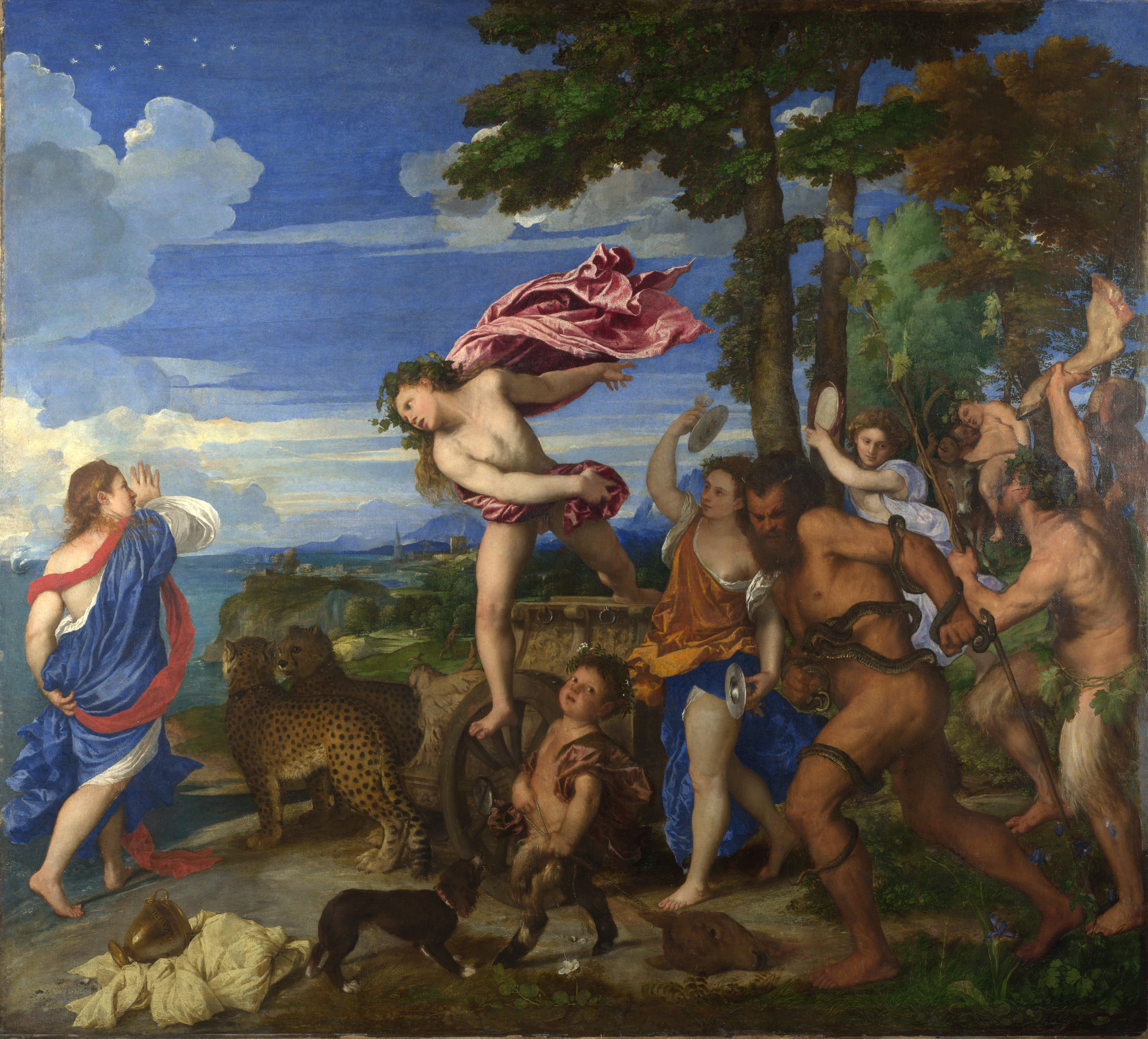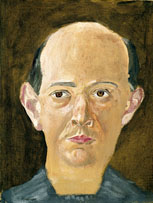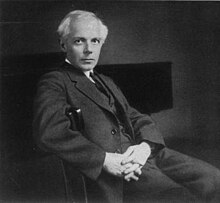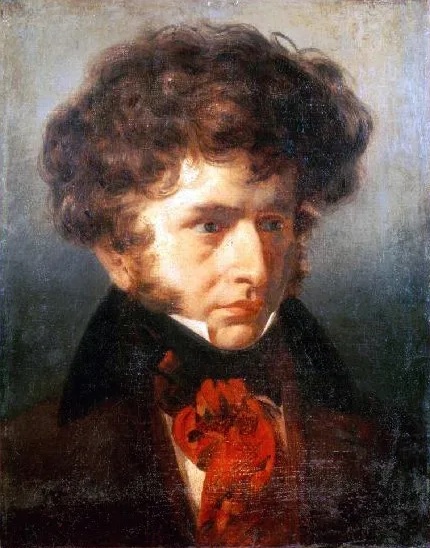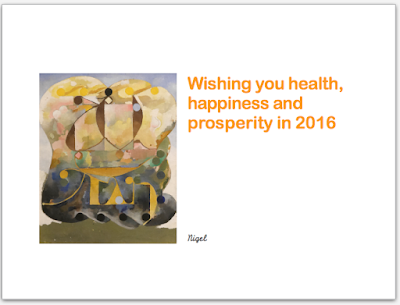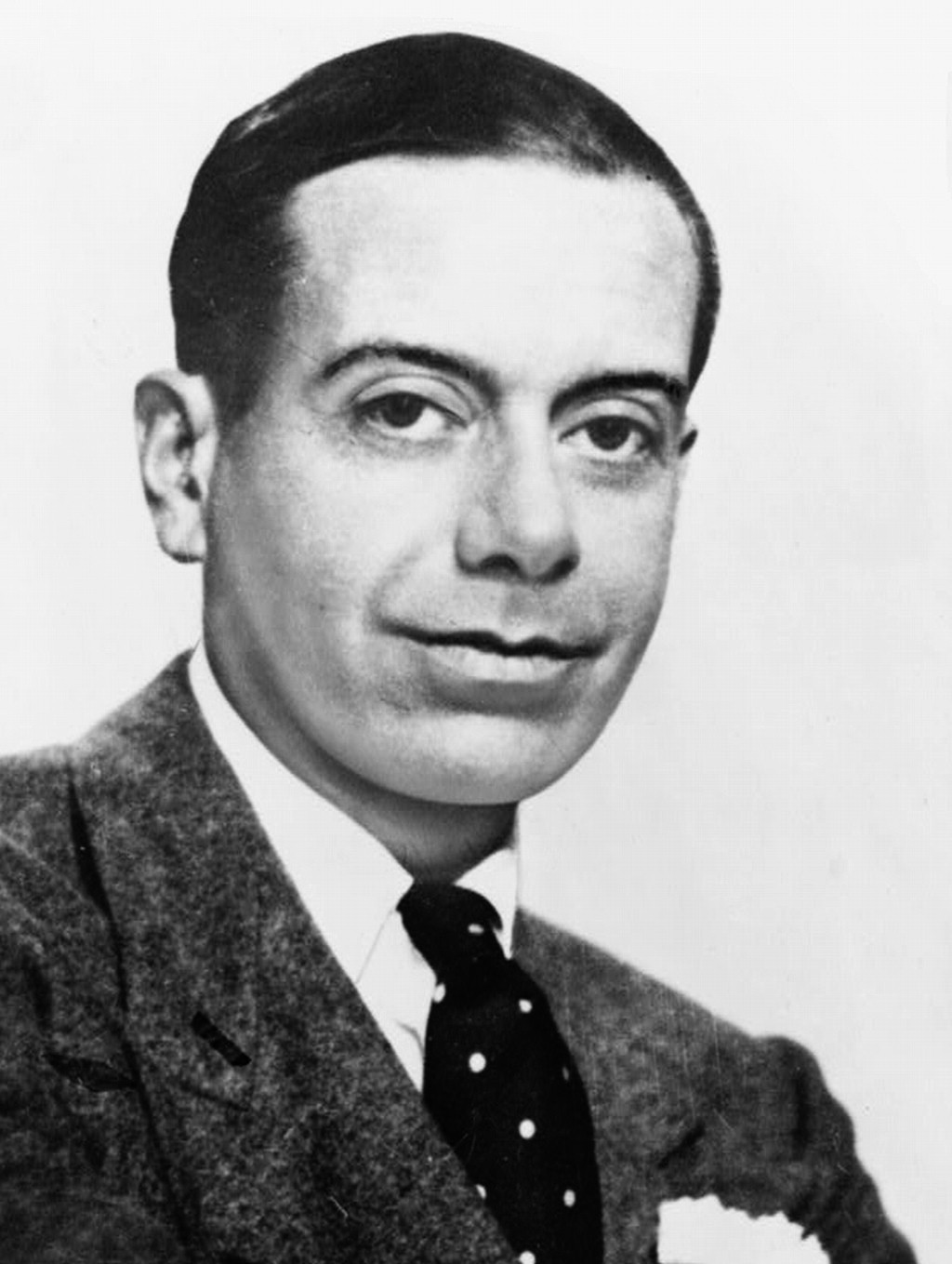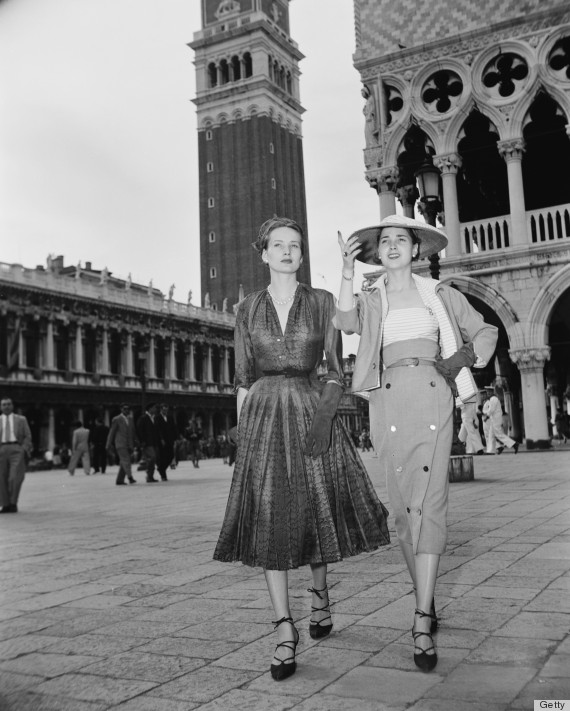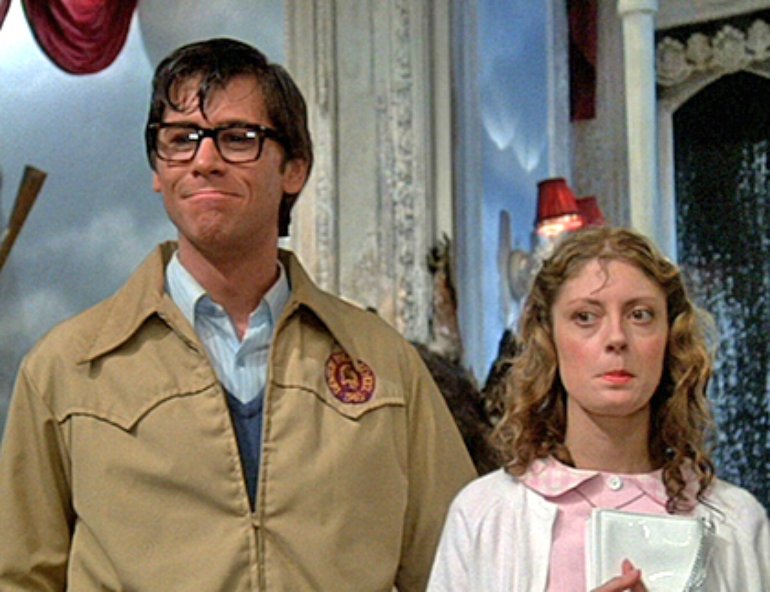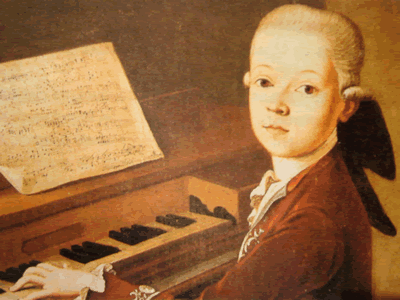ONP Bastille, Monday July 6 2015
Conductor: Daniel Oren. Production: David McVicar. Sets: Charles Edwards. Costumes: Brigitte Reiffenstuel. Lighting: Adam Silverman. Choreography: Andrew George. Maurizio: Marcelo Alvarez. Il Principe di Bouillon: Wojtek Smilek. L’Abate di Chazeuil : Raúl Giménez. Michonnet: Alessandro Corbelli. Quinault : Alexandre Duhamel. Poisson : Carlo Bosi. Adriana Lecouvreur : Angela Gheorghiu. La Principessa di Bouillon : Luciana D’intino. Madamigella Jouvenot : Mariangela Sicilia. Madamigella Dangeville: Carol Garcia. Paris Opera Orchestra and Chorus.
Having slept on it, I’ve decided it was actually quite nice to end the season with an “old-fashioned” evening of Italian opera: stand-and-deliver singing by a strong cast in period costumes and sets and no regie soul-searching. I wouldn’t want this sort of thing very often – especially not Adriana: once every 20 years is enough – but the audience evidently liked it: unusually, for Paris, half of them actually stood to clap at the end and were still standing, clapping, when the house lights went up. Perhaps this is the sort of staging London critics like, too, rather than the William Tell that has so upset them recently.
David McVicar’s production has been around; Paris is its last stop. Like traditional Met ones, it relies almost entirely on “lavish” sets and costumes for impact, not acting or ideas. Perhaps Adriana is regie-proof and a traditional approach is wise; but as a friend pointed out, it’s a work with weaknesses that can do with some help. The one hint at a concept is “all Adriana’s world’s a stage”: the set is dominated (and the stage almost filled) by a revolving wooden theatre we see from the back, the wings or the front as the production requires. In act one we see it from behind, then from the wings. In act two its neo-classical front, set at an angle, with pastel-coloured columns and flying figures trumpeting round a coat of arms in the pediment, serves as the villa by the Seine. In act three, we have it full-frontal for the ballet at the Hôtel de Bouillon. In act four, we are behind it again, and a stove has appeared for Adriana to throw her poisoned violets into.
As a full-sized, working theatre is a very large object, it tends to cramp to the front a whole flea-market of period props: screens, sofas, bandy-legged desks, chairs, candelabras, and drapery matching the brocaded, Watteau-inspired costumes that somehow remain solidly, prosaically un-French in cut and cloth (I assume they were not made in the Paris Opera’s workshops). To either side are the high, shabby back-sides of what we assume are painted sets. These could, I thought, usefully have been omitted: the theatre-within-a-theatre might have been more effective and would certainly have given the cast and chorus more breathing-space revolving alone on an empty stage. Instead, these side shutters add to the clutter and restriction of movement (though they do give the Princess her “secret exit” in act two).
This kind of staging - elaborate but undemanding melodrama - suited the singers.
Alvarez, not a born actor, seemed totally at ease in this environment and sang (even acted) better than ever. He got the loudest applause. Luciana d’Intino was clearly also more comfortable here than wielding a pistol as Amneris in Py’s over-the-top Aida. She’s a very solid trouper, with not-too-chesty chest notes and glorious, grainy top ones that remind me of Shirley Verrett, which is saying something. As Michonnet, Alessandro Corbelli was spot-on both vocally and dramatically, not overdoing the “character” side of the part that's more marked in those of Il Principe and L'Abate, impeccably carried through by Wojtek Smilek and Raúl Giménez.
This was only the second time I had seen Angela Gheorghiu on stage, the first having been something like 15 years ago. She seems to be the target of a lot of criticism, even mockery, on websites. Is this because of her behaviour (e.g., but not only, cancellations) and pronouncements? Like the others mentioned above, she is no doubt better cast in a production of this kind than a regie one, her acting skills being what they are – although here I thought she did a very creditable job of dying, poisoned, at the end. Her voice, understandably, no longer sounds as young as she tends to act, and the highest note in the score was strained. It is also, for the Bastille, too small: even on the fourth row, at times I could see her lips moving but hear nothing. But at other times, while her lips barely parted at all, let alone moved, she gave us some gorgeous singing of a kind we rarely hear these days – presumably one of the reasons she’s quite often called an “old-fashioned diva”: "honey and cream," said my neighbour, liquid and smooth. And I heard none of the intonation problems people now complain of. So she scored a real hit, alongside Alvarez and the rest of the cast: applause for Alvarez, at curtain-calls, was loudest, but applause for “Poveri Fiori” was, during the opera, longest; unusually long by today’s standards.
The orchestra was at its very best. Regarding Daniel Oren’s conducting, I can’t put it better than Avant-Scène Opéra: the score was “conduite avec son engagement coutumier par un Daniel Oren généreux d’élans fougueux mais aussi de nuances impalpables, et attentif au plateau en toute circonstance". His concentration and commitment were visible from where I was sitting, and the impalpable quality at its most striking in the prelude to act IV : I’ve rarely heard such beguiling pianissimi at the Bastille. Or anywhere else, come to think of it, since Tristan in Vienna.
Maestro Wenarto sings "Io son l'umile ancella".
Conductor: Daniel Oren. Production: David McVicar. Sets: Charles Edwards. Costumes: Brigitte Reiffenstuel. Lighting: Adam Silverman. Choreography: Andrew George. Maurizio: Marcelo Alvarez. Il Principe di Bouillon: Wojtek Smilek. L’Abate di Chazeuil : Raúl Giménez. Michonnet: Alessandro Corbelli. Quinault : Alexandre Duhamel. Poisson : Carlo Bosi. Adriana Lecouvreur : Angela Gheorghiu. La Principessa di Bouillon : Luciana D’intino. Madamigella Jouvenot : Mariangela Sicilia. Madamigella Dangeville: Carol Garcia. Paris Opera Orchestra and Chorus.
 |
| Cilea |
David McVicar’s production has been around; Paris is its last stop. Like traditional Met ones, it relies almost entirely on “lavish” sets and costumes for impact, not acting or ideas. Perhaps Adriana is regie-proof and a traditional approach is wise; but as a friend pointed out, it’s a work with weaknesses that can do with some help. The one hint at a concept is “all Adriana’s world’s a stage”: the set is dominated (and the stage almost filled) by a revolving wooden theatre we see from the back, the wings or the front as the production requires. In act one we see it from behind, then from the wings. In act two its neo-classical front, set at an angle, with pastel-coloured columns and flying figures trumpeting round a coat of arms in the pediment, serves as the villa by the Seine. In act three, we have it full-frontal for the ballet at the Hôtel de Bouillon. In act four, we are behind it again, and a stove has appeared for Adriana to throw her poisoned violets into.
As a full-sized, working theatre is a very large object, it tends to cramp to the front a whole flea-market of period props: screens, sofas, bandy-legged desks, chairs, candelabras, and drapery matching the brocaded, Watteau-inspired costumes that somehow remain solidly, prosaically un-French in cut and cloth (I assume they were not made in the Paris Opera’s workshops). To either side are the high, shabby back-sides of what we assume are painted sets. These could, I thought, usefully have been omitted: the theatre-within-a-theatre might have been more effective and would certainly have given the cast and chorus more breathing-space revolving alone on an empty stage. Instead, these side shutters add to the clutter and restriction of movement (though they do give the Princess her “secret exit” in act two).
This kind of staging - elaborate but undemanding melodrama - suited the singers.
Alvarez, not a born actor, seemed totally at ease in this environment and sang (even acted) better than ever. He got the loudest applause. Luciana d’Intino was clearly also more comfortable here than wielding a pistol as Amneris in Py’s over-the-top Aida. She’s a very solid trouper, with not-too-chesty chest notes and glorious, grainy top ones that remind me of Shirley Verrett, which is saying something. As Michonnet, Alessandro Corbelli was spot-on both vocally and dramatically, not overdoing the “character” side of the part that's more marked in those of Il Principe and L'Abate, impeccably carried through by Wojtek Smilek and Raúl Giménez.
This was only the second time I had seen Angela Gheorghiu on stage, the first having been something like 15 years ago. She seems to be the target of a lot of criticism, even mockery, on websites. Is this because of her behaviour (e.g., but not only, cancellations) and pronouncements? Like the others mentioned above, she is no doubt better cast in a production of this kind than a regie one, her acting skills being what they are – although here I thought she did a very creditable job of dying, poisoned, at the end. Her voice, understandably, no longer sounds as young as she tends to act, and the highest note in the score was strained. It is also, for the Bastille, too small: even on the fourth row, at times I could see her lips moving but hear nothing. But at other times, while her lips barely parted at all, let alone moved, she gave us some gorgeous singing of a kind we rarely hear these days – presumably one of the reasons she’s quite often called an “old-fashioned diva”: "honey and cream," said my neighbour, liquid and smooth. And I heard none of the intonation problems people now complain of. So she scored a real hit, alongside Alvarez and the rest of the cast: applause for Alvarez, at curtain-calls, was loudest, but applause for “Poveri Fiori” was, during the opera, longest; unusually long by today’s standards.
The orchestra was at its very best. Regarding Daniel Oren’s conducting, I can’t put it better than Avant-Scène Opéra: the score was “conduite avec son engagement coutumier par un Daniel Oren généreux d’élans fougueux mais aussi de nuances impalpables, et attentif au plateau en toute circonstance". His concentration and commitment were visible from where I was sitting, and the impalpable quality at its most striking in the prelude to act IV : I’ve rarely heard such beguiling pianissimi at the Bastille. Or anywhere else, come to think of it, since Tristan in Vienna.
Maestro Wenarto sings "Io son l'umile ancella".



